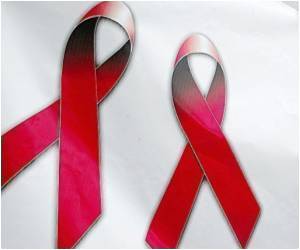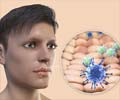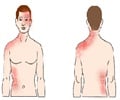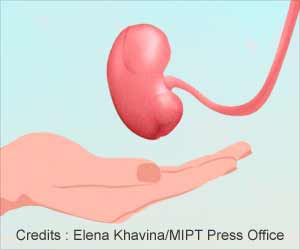Researchers have discovered a rather different structure of an important member of the protein complex which enables the herpes virus to attack cells.

The study appears online in the journal Nature Structural and Molecular Biology.
The scientists used X-ray crystallography along with cell microscopy techniques to study the structure and function of the cell-entry protein fusion events carried out by herpes simplex virus type 2 (HSV-2). The research has resulted in a map of an important protein complex required to trigger herpes virus infection, setting the stage for new therapeutics that may prevent the virus's access to cells.
Most viruses need cell-entry proteins called fusogens in order to invade cells. Scientists have known that the herpes virus fusogen does not act alone, requiring a complex of two other viral cell-entry proteins. In this study, researchers determined the structure of this key protein complex and realized it did not resemble the structure of other known fusogens.
"This unexpected result leads us to believe that this protein complex is not a fusogen itself but that it regulates the fusogen. We also found that certain antibodies interfere with the ability of this protein complex to bind to the fusogen, evidence that antiviral drugs that target this interaction could prevent viral infection," said senior author Ekaterina Heldwein, assistant professor of molecular and microbiology at Tufts University School of Medicine.
"We hope that determining the structure of this essential piece of the herpes virus cell-entry machinery will help us answer some of the many questions about how herpes virus initiates infection. Knowing the structures of cell-entry proteins will help us find the best strategy for interfering with this pervasive family of viruses," said first author Tirumala K. Chowdary, a postdoctoral associate at Tufts.
Advertisement
Source-ANI













